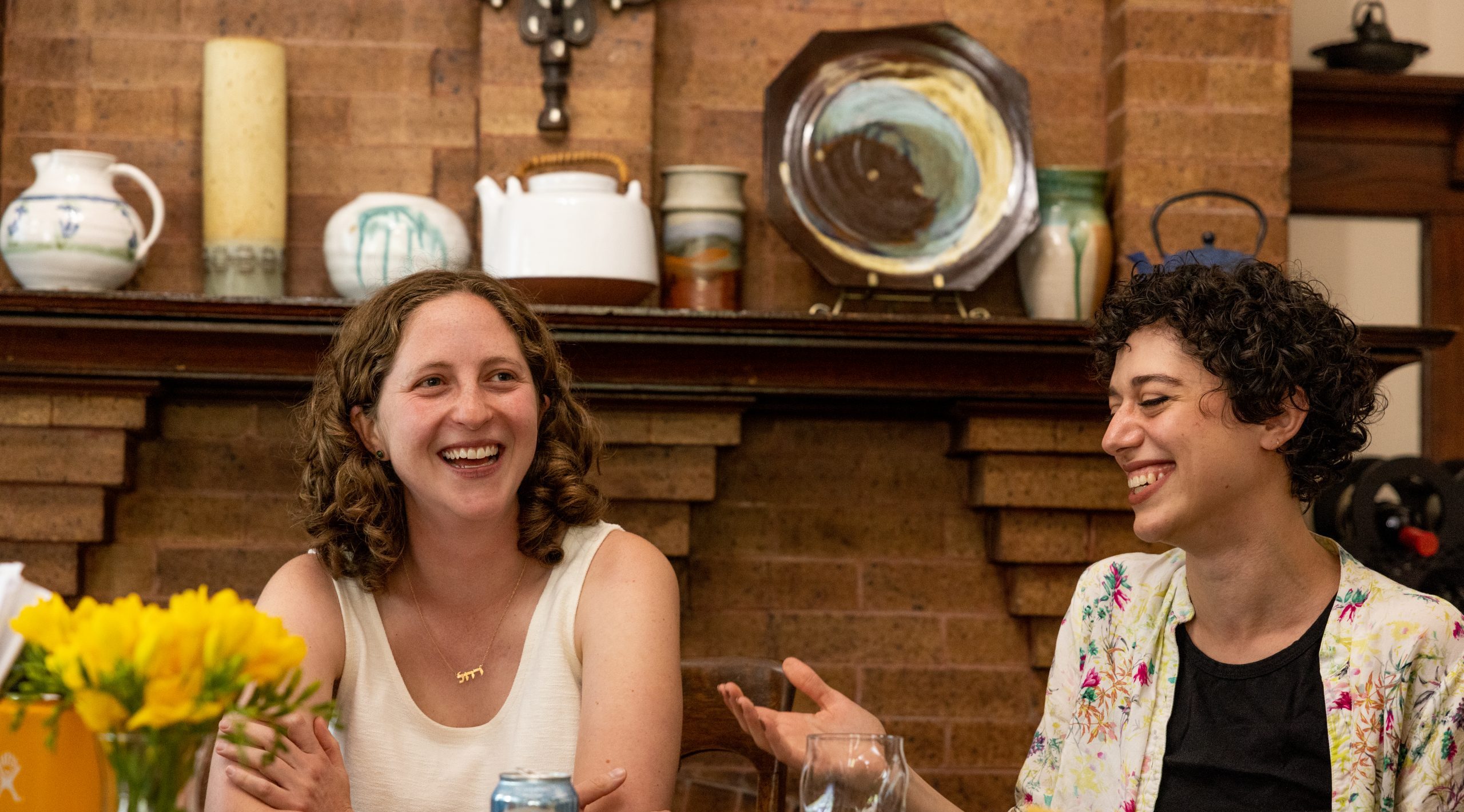
Last week we celebrated a special anniversary: it has been one year since my husband and I became foster parents to a wonderful 18-year-old refugee from West Africa. It has been a year of great blessing and joy and also of tremendous learning, as you can imagine, given that this is our first time parenting and we jumped right into teenagerhood – not to mention all kinds of cultural differences.
And yet, a year in, I realize that so much of the learning is simply refining the work we are engaged in all the time anyway. For example, one way to frame it is to take the spectrum between Netzach (victory, engagement) and Hod (receptivity, gratitude). These two categories are sephirot, part of the mystical map of how Divinity moves from the infinite to the tangible in our lives. That may sound very esoteric, but the applications are actually practical and can be very helpful.
What are these two ways of being? Netzach is the quality that urges us to get involved, to fix things, to form and act and create. It is about drive and success and doing. Hod, on the other hand, which literally means “glory,” is the quality of giving space, letting it be, feeling thankful for the ways things are, not needing to change a thing. Interestingly, both of these are understood to be divine qualities that can manifest in us and both of them are worthy of cultivation as part of our spiritual repertoire. The question is when do we bring what to bear.
So: when do we push (encourage) our foster son to do certain things and when do we stand back? When do we ask questions and when do we just give him his space? When do we lead with feeling energized and active and when do we lead with simply feeling grateful for the miracle of our family coming together?
These are the questions in every relationship – with children, parents, partners, friends, co-workers and neighbors. These are the questions we can ask looking out at our country and our world. And these are the questions we can ask of our own sweet lives. How much action? How much acceptance? How do we find the wise balance? How do we respond to what is needed at this moment again and again?
Sometimes just having the framework of these two qualities can help us notice our habitual responses and make better decisions. We hope that this investigation of netzach and hod will support you in your practice.

